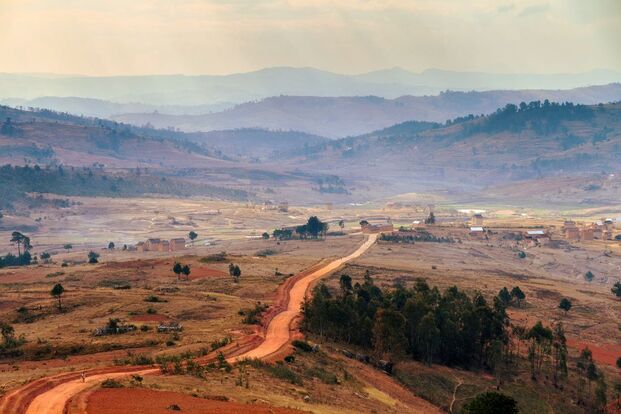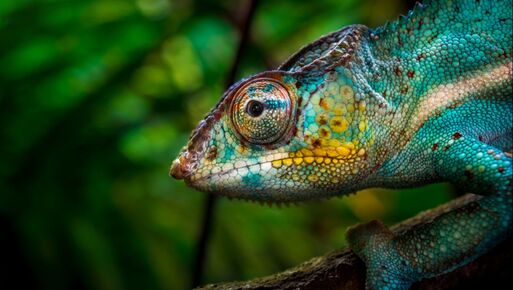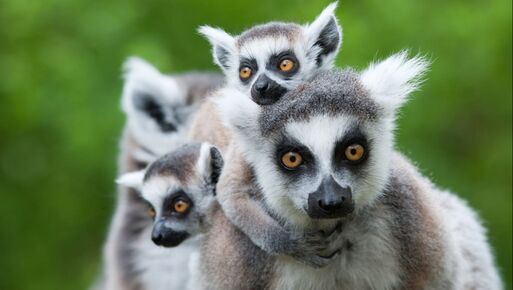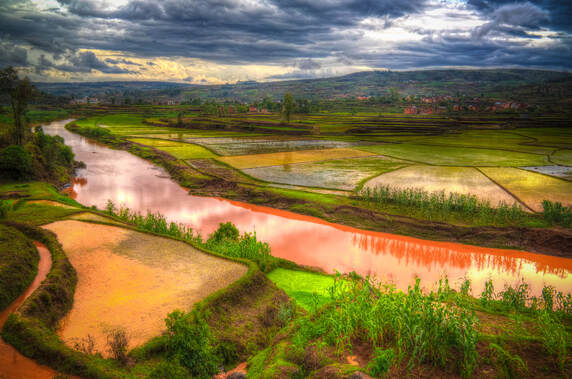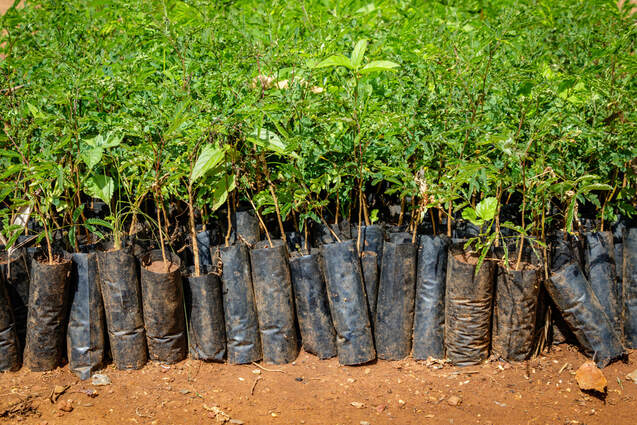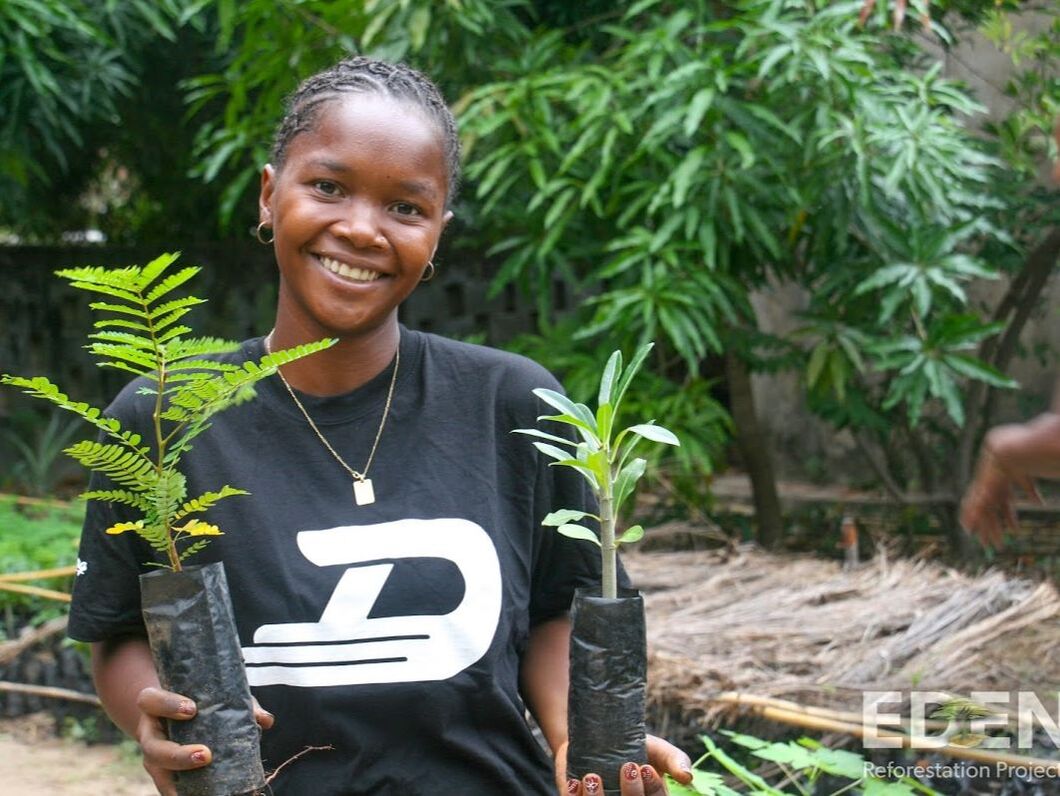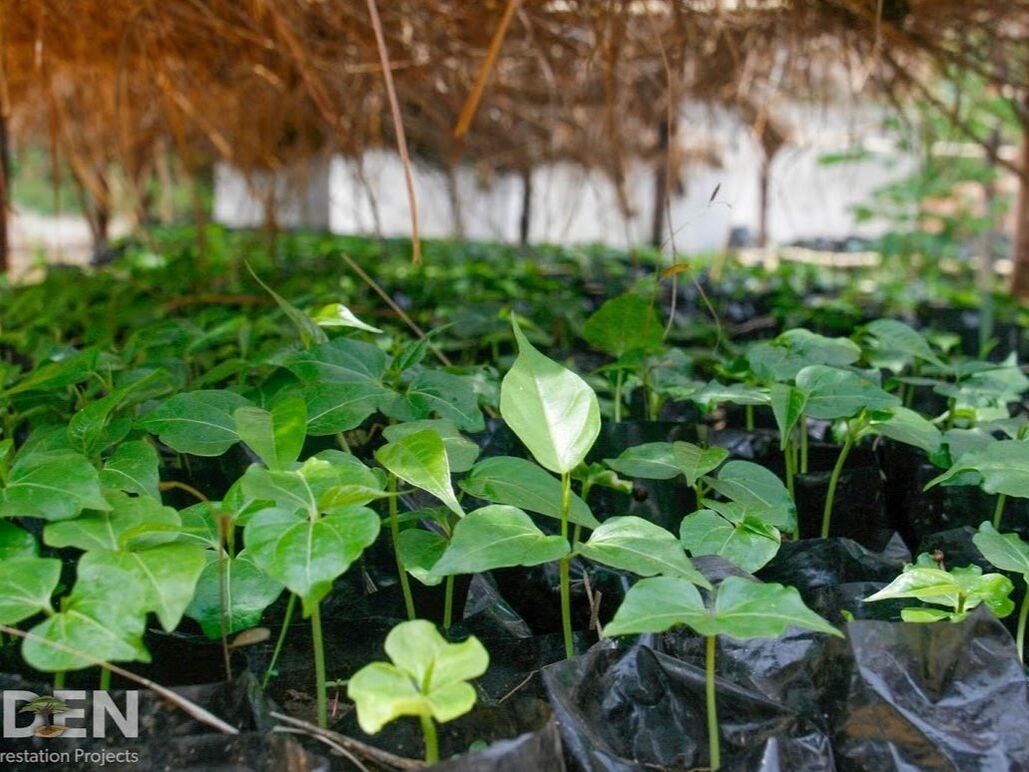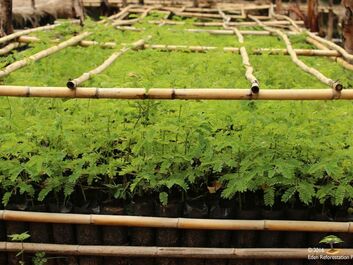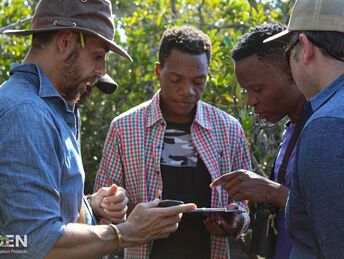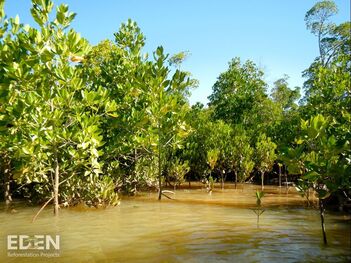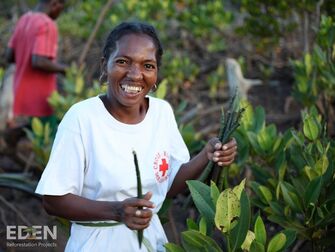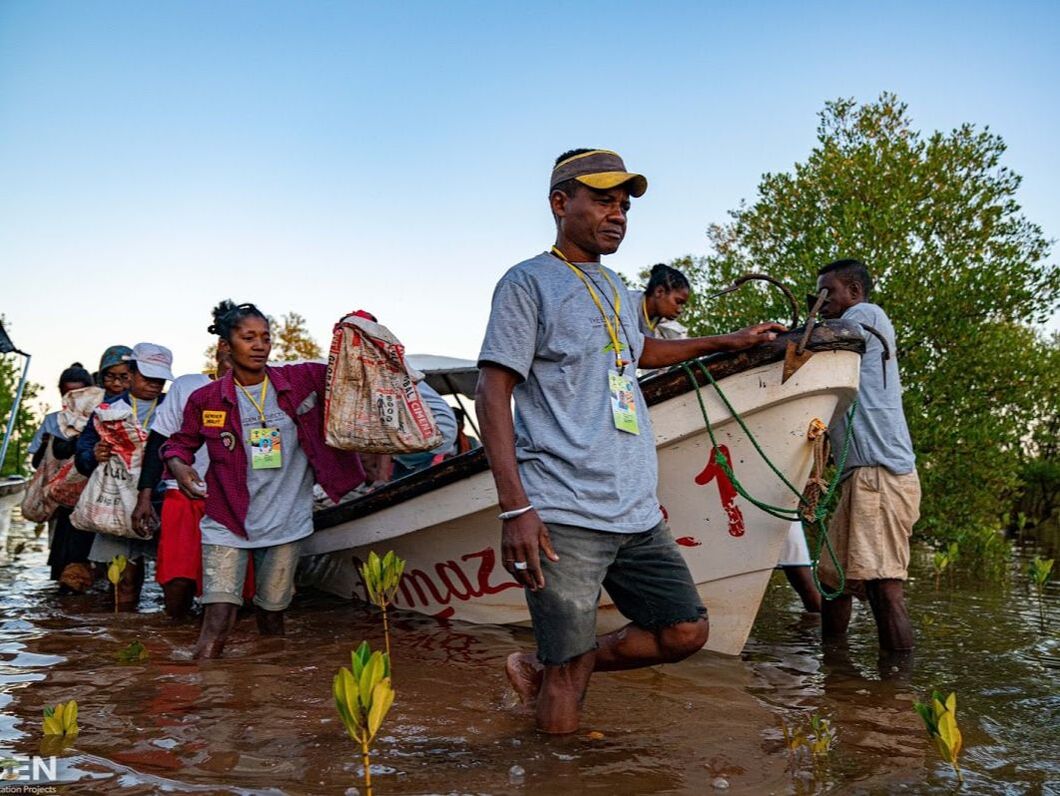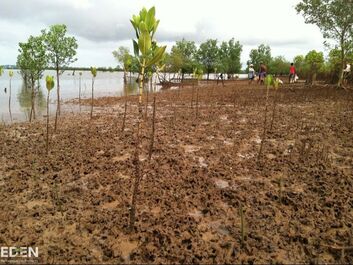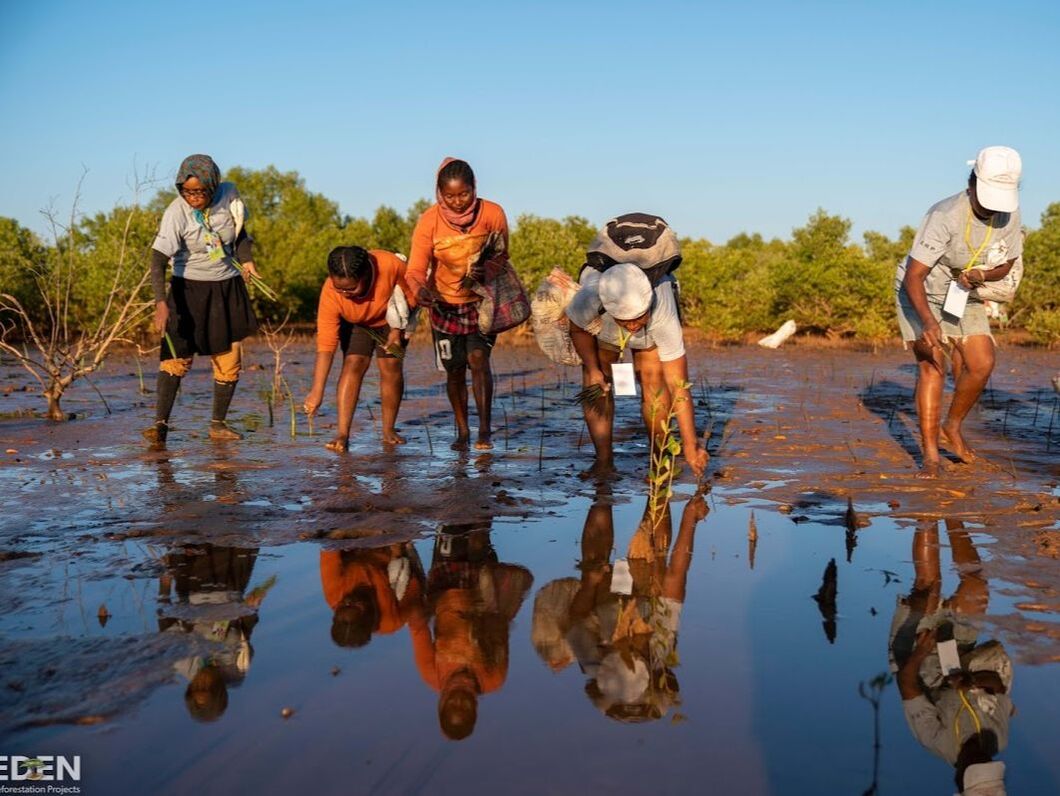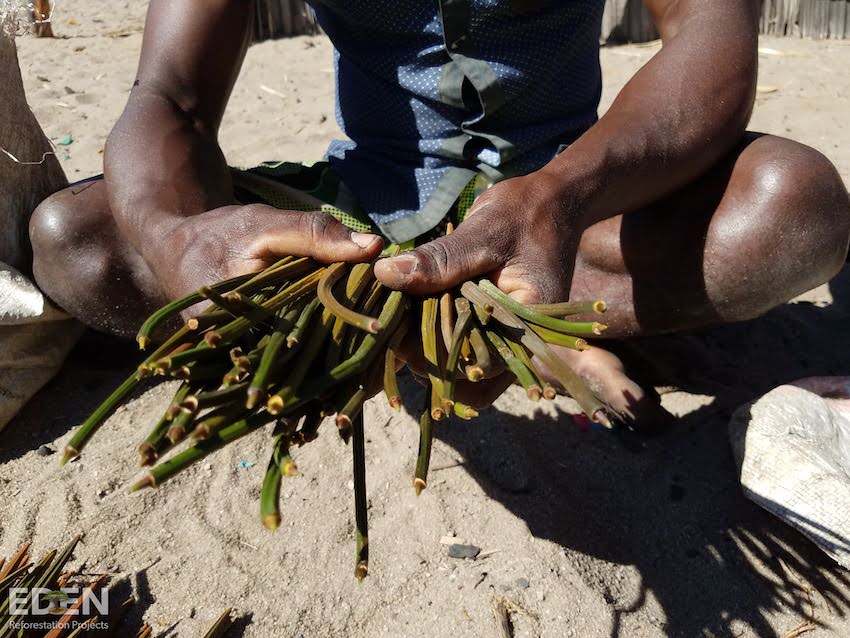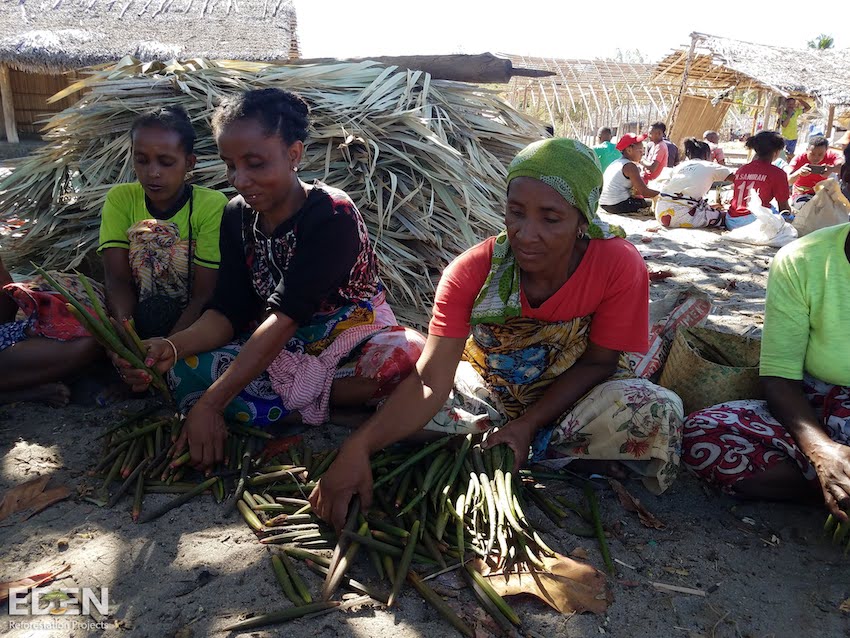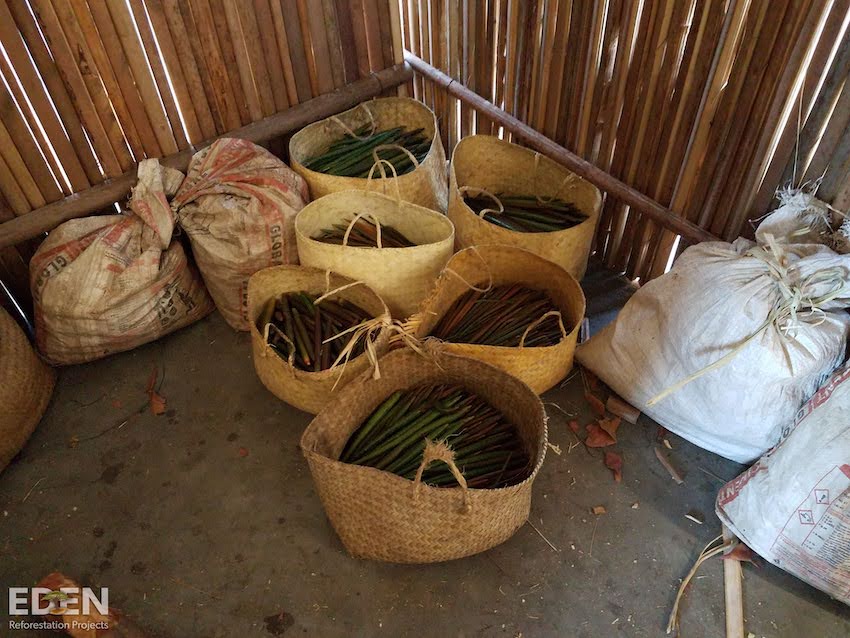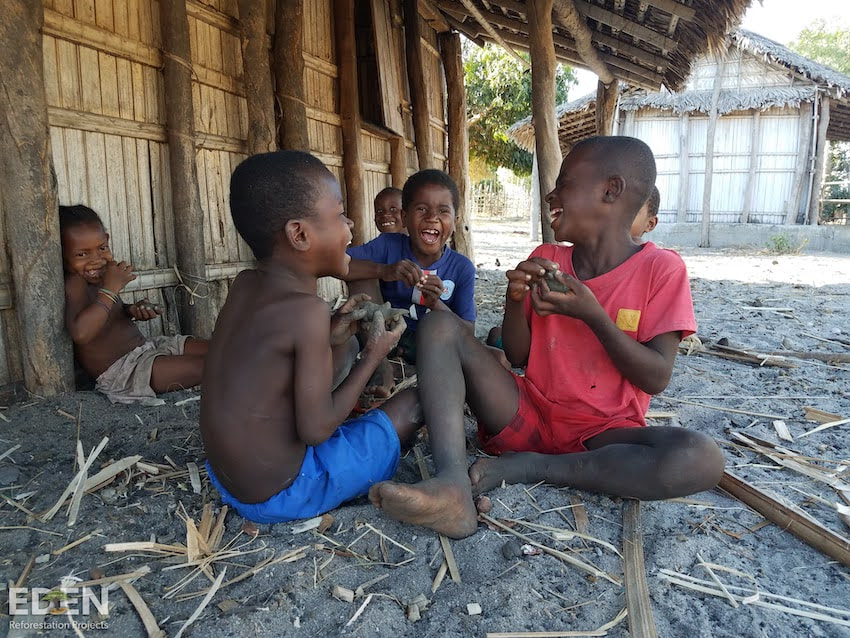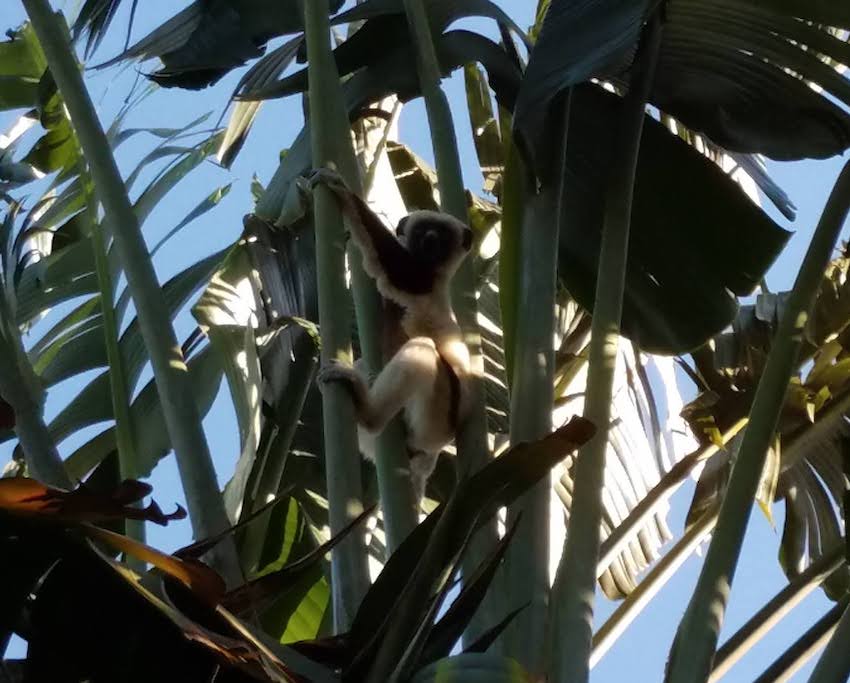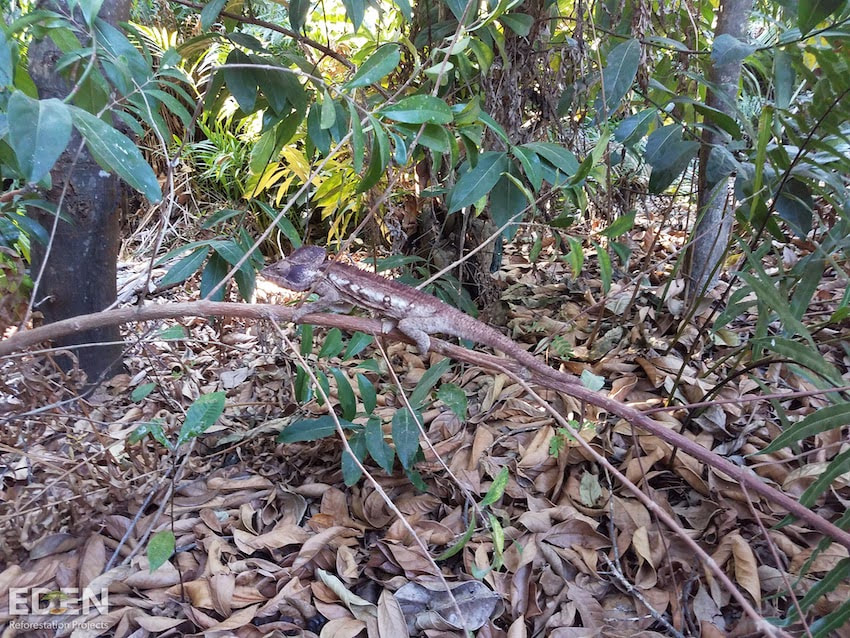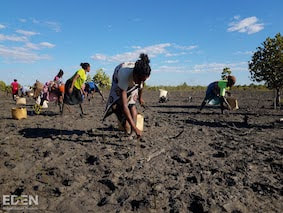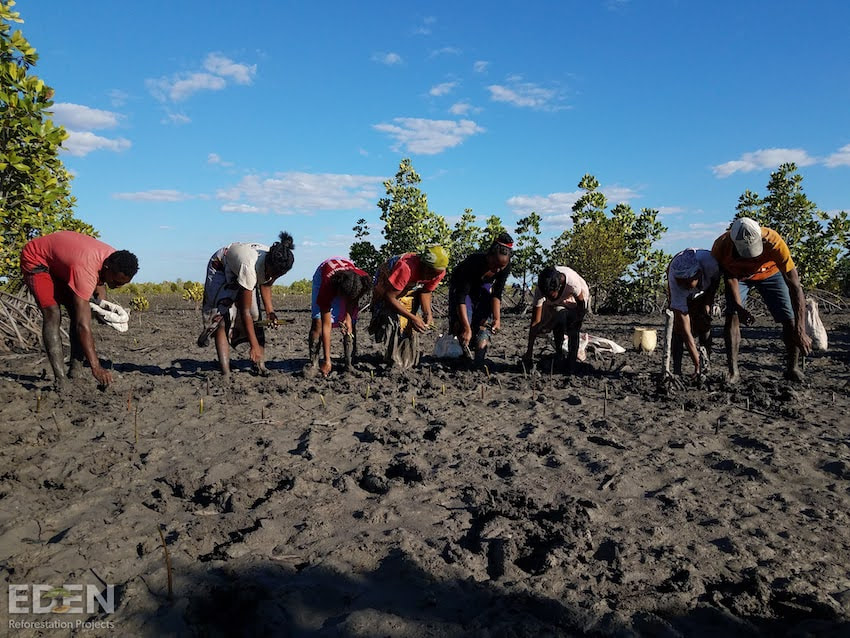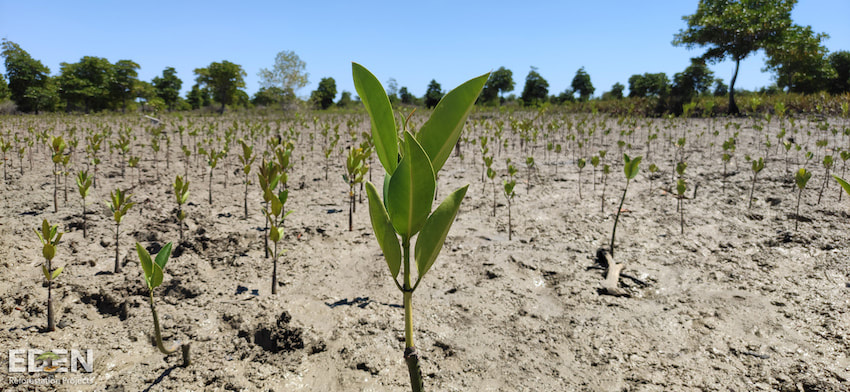|
It is the 4th largest island in the world and is home to over 250,000 species of plants and animals, most of which (over 80%) do not exist anywhere else on the planet.
|
90% of these species live and rely on the forest. With their habitat rapidly disappearing, many species are on the threat of extinction. Like Lemurs.
|
90% of Madagascar's forests have been destroyed largely as the result of 3 main activities:
Logging,
charcoal production
'Slash and Burn' agriculture
charcoal production
'Slash and Burn' agriculture
|
Slash and Burn Agriculture, or "Tavy" as it is known locally, is the technique used to turn parts of the rain forest into rice fields.
The trees are cut, burnt and the land cultivated for rice. Once an area has been cultivated for 1 to 2 years it is rested for 4-6 years, whilst the farmer moves on to the next patch. Once a single area has been cultivated 2 or 3 times, the soil is so depleted, it is no longer productive and is abandoned. |
In addition to Madagascar's rainforests, entire mangrove estuaries have been destroyed, leaving the earth to simply wash away into the sea.
As well as stabilising the soil and creating a barrier between the land and the ocean, Mangroves have an amazing symbiotic relationship with nearby reefs.
They improve the quality of the water, providing a natural habitat for fish and other sea creatures, without which the coral would not survive.
They improve the quality of the water, providing a natural habitat for fish and other sea creatures, without which the coral would not survive.
Forests of Mangroves are one of the world's principal stores of "blue carbon"
a term given to carbon accumulated in coastal or marine ecosystems.
And impressively, they can store up to four times as much carbon as land based forests.
a term given to carbon accumulated in coastal or marine ecosystems.
And impressively, they can store up to four times as much carbon as land based forests.
JUST ONE Tree's amazing reforestation partner in Madagascar, has been restoring mangroves since 2007. The project has been so successful that in 2012 they grew to include a variety of native dry deciduous species and now Eden Reforestation Projects also plant within two National Park systems.
The government of Madagascar has also introduced an Environmental Action Plan designed to prevent further environmental degradation and to create closer ties between the population and their environment.
Although there is certainly a very long way to go, all this is a good start to ensuring the remaining natural resources are protected and managed correctly.
Furthermore with the help of our reforestation partner, the trees we plant will help to revive the natural habitat and protect these endangered and endemic species from further decline.
PROJECT FOCUS
Ankilahila - Planting 500,000 trees by 2025
Our JUST ONE Tree Ankilahila plot is located on the north west of the island on the farthest inland portion of the
mangrove estuary. It will form a transitional forest, going from mangrove to dry deciduous, vital to the health of the entire ecosystem and a haven for a vast number of bird species, lemurs, and crocodiles.
The project supports local communities to plant and manage mangrove forests, offering long-term employment and livelihood improvements whilst protecting the vital biodiversity that relies on mangrove forests to survive.
mangrove estuary. It will form a transitional forest, going from mangrove to dry deciduous, vital to the health of the entire ecosystem and a haven for a vast number of bird species, lemurs, and crocodiles.
The project supports local communities to plant and manage mangrove forests, offering long-term employment and livelihood improvements whilst protecting the vital biodiversity that relies on mangrove forests to survive.
Check out our blog "5 reasons to plant mangroves in Madagascar" to learn more about this project.

